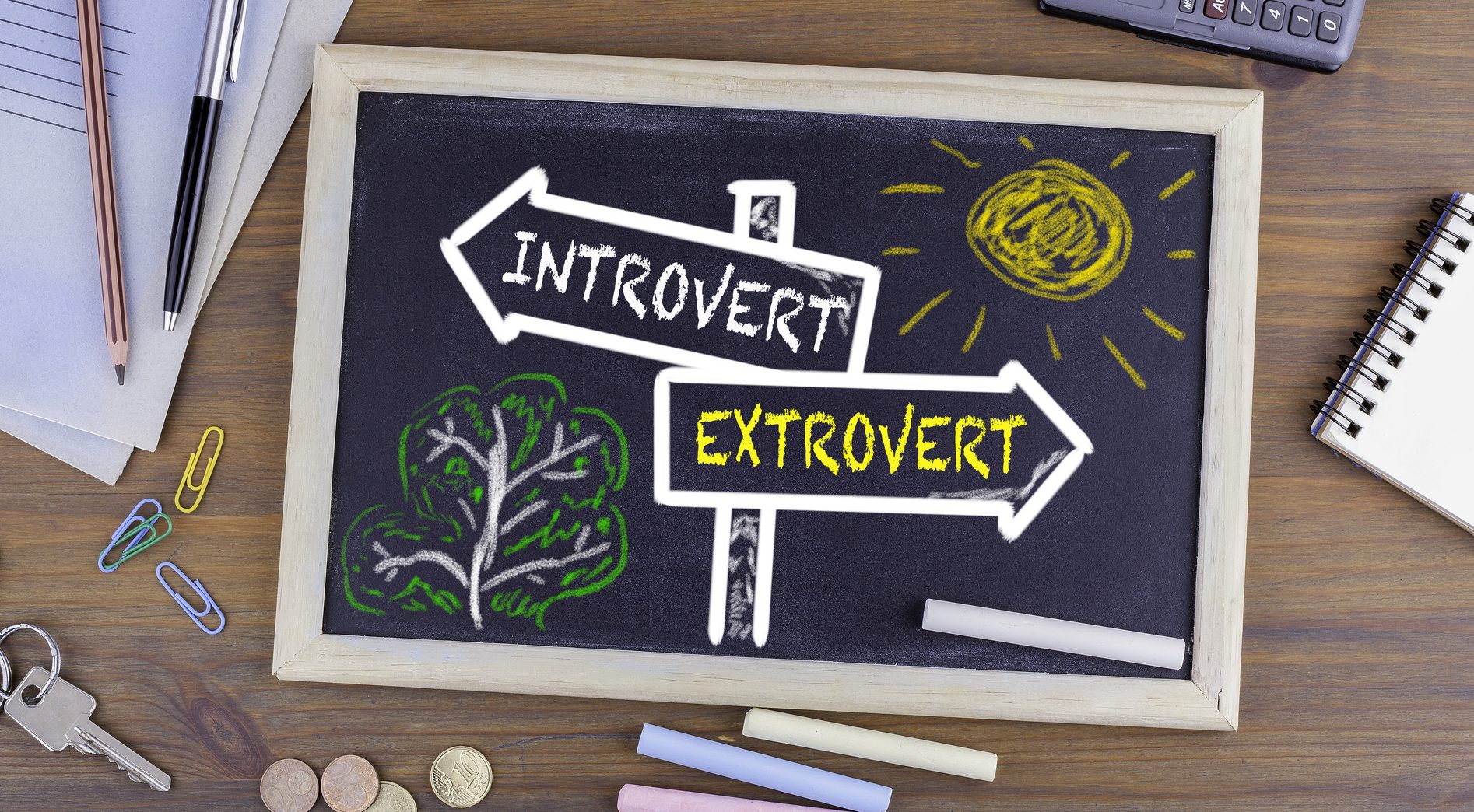Introverts have united and they have all gone home.

I can’t this weekend, I have plants to water.
Indeed, there have been many excellent articles here on GovLoop about people who draw their energy from internal sources. Long misunderstood, we now have insight into this group of highly complex individuals who need a certain degree of solitude for optimum functioning.
But introvert liberation is only one possible use of Jungian-based personality tests. The rest of the categories have been eclipsed by the great (I) vs. (E) debate. We don’t necessarily look to the other indicators when we encounter puzzling behavior we are hard-pressed to understand.
For instance, when an (N) friend wants to have coffee in her unlandscaped yard, her (S) companion just shakes his head. All he sees is a pile of weeds. He doesn’t know that she has such strong powers of visualization, she is seeing her garden as it will be next spring. Those bright yellow daffodils surrounding the cobblestone and budding fruit trees along the fence are already real to her.
Likewise, the (N) roommate is puzzled why the first thing anyone would want to do in their new home is put down shelf paper. Wouldn’t hanging the artwork make the ambiance better for all other chores?
Over three blog posts, we will briefly explore the other categories involved in these instruments. But first, let us quickly review the test itself.
WHAT IS MEYERS BRIGGS?
The Meyers Briggs test is the original temperament assessment based on Jungian archetypes. Others have developed similar variations and extended the research. There four different categories based on how people perceive the world:
Introversion (I) vs. Extroversion (E)
Sensing (S) vs. Intuition (N)
Thinking (T) vs. Feeling (F)
Judging (J) vs. Perceiving (P)
These categories are then combined into 16 personality types which can be insightful in providing self-awareness. But even the four broader categories can shed light on what makes ourselves and those around us tick.
(S) vs. (N) – The Fundamentals
Here are some basic differences in the two groups according to the Meyers & Briggs Foundation:
(S) stands for sensing, and people in this group process the world through observation. They rely on their physical senses for accurate information. Highly practical, they trust facts and are extremely good at recalling details. They are more oriented to the past than the future. One major weakness is they are so pragmatic and focused on the here and now, they fail to see what is possible.
Those in the intuition (N) category are generally not well understood, making up only about 30% of the population. They process the world through impressions and abstractions. Patterns, symbols, and inferences are major ways in which they understand things. Forward-looking and futuristic, they can be so enamored with what is possible, they lack the practicality to make their visions reality.
(S) vs (N) Communication Styles
Knowing the basic characteristics of each group can facilitate communication. “The Intuitive’s Guide to Getting Along With Sensors” by Molly Owens provides additional insights:
Sensing
- Value tradition
- Prefer explicit instructions with step-by-step sequences
- Need structure, including deadlines
- Receptive to concepts that have practical value
- Want the bottom line
- Learn by experience
- Appreciate concrete conclusions and pragmatic take-aways
Intuition
- Receptive to symbolism and metaphors
- Prefer to visualize solutions in their head over hands-on experience
- Need to be allowed to speculate
- Not always linear in communication
- Appreciate breaks from routine
- Read between the lines and make inferences, even when none are intended
- Need to be able to present concepts without having all details worked out
- Big picture thinkers
The best explanation of the differences that I have ever heard came from the college professor who introduced me to the test. An (S) will enter the room, and take a mental note of many details: body language, what people are wearing, facial expressions, the physical characteristics of the room and so on. An (N) will enter the room and get the very same impression without noting any of the specifics. Yet, they can be as spot-on as the most astute observer.
Jungian archetypes do not resonate with everyone. We will explore that in subsequent posts. But if you do recognize yourself in these descriptions, they can be one more tool for self-knowledge.
Further Resources
Where to take the test:
The Myers & Briggs Foundation This is the trademarked Meyers-Briggs Type Indicator. (Fee involved.)
Similarminds.com has an online variation for free. (No affiliation with Meyers & Briggs Foundation.) There is no info about its privacy policy.
Please Understand Me: Character & Temperament Types by David Keirsey and Marilyn Bates is an outstanding source of insight into all 16 personality types.
Sherie Sanders is part of the GovLoop Featured Contributor program, where we feature articles by government voices from all across the country (and world!). To see more Featured Contributor posts, click here.





Understanding your and your colleagues personality type, strengths and weaknesses can be a valuable asset within the office environment. We pay attention and talk about this in our office in a thoughtful way and I’ve found it really helpful in tackling tasks as a group. Thanks for bringing this up, looking forward to the rest of the series.
Thanks Nazli. I am finding a surprising amount of criticism against these types of test online. However, I have always found them useful for understanding others in both professional and personal contexts.